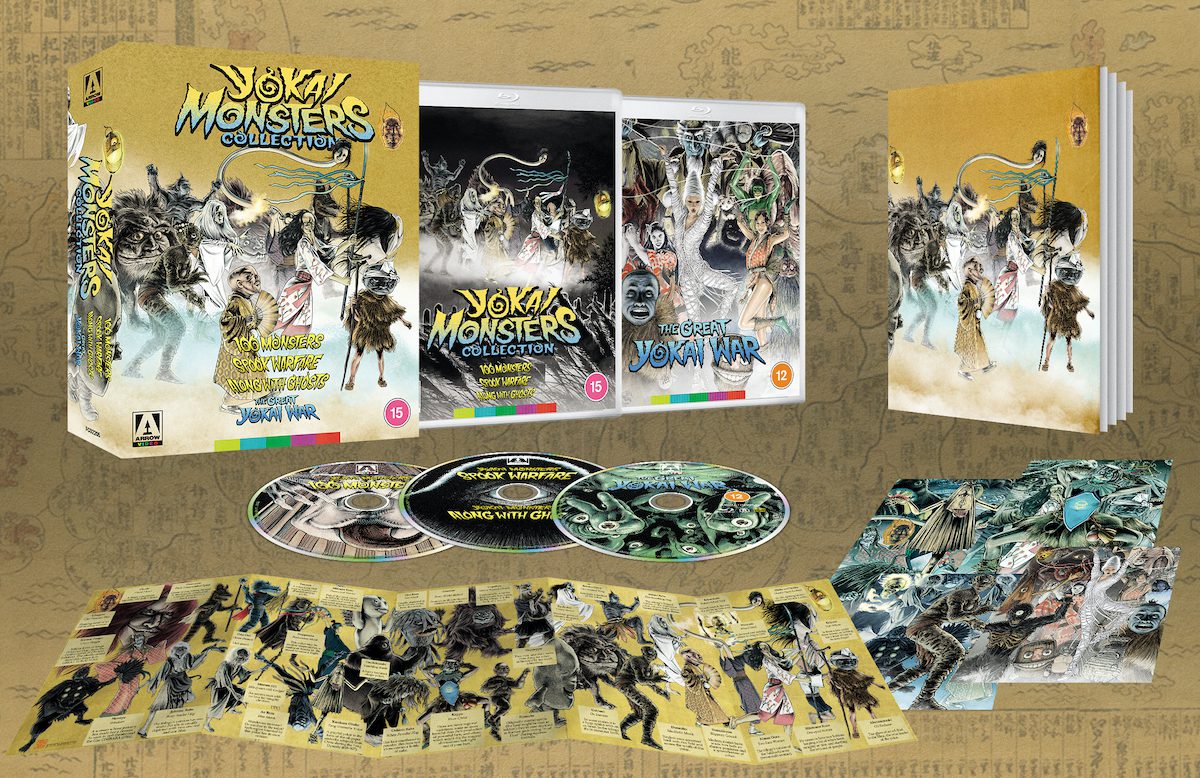Kami and yokai are two supernatural beings in Japanese folklore. Kami are benevolent spirits associated with natural phenomena, while yokai are depicted as otherworldly creatures associated with the supernatural that can be mischievous or malevolent. The main difference between the two is their relationship to nature, with kami representing order and harmony while yokai represent chaos and disruption. However, they are often depicted as competing forces in Japanese folklore, with yokai serving powerful kami. Understanding these two forces is crucial to appreciate the rich and complex world of Japanese folklore.
Kami vs. Yokai: Understanding the Competing Forces of Nature Spirits and Otherworldly Creatures in Japanese Folklore
Introduction
Japanese folklore is a rich tapestry of stories, myths, and legends that have been passed down for generations. Among the most fascinating aspects of this folklore are the supernatural beings that inhabit this world. Two of the most important of these beings are kami and yokai, nature spirits and otherworldly creatures respectively. This article will explore the differences between kami and yokai, as well as their relationship to one another in Japanese folklore.
What are Kami?
Kami are spirits or gods that are associated with nature in Japanese folklore. They can take many forms, from animals to objects, and are often associated with specific places or phenomena. Kami are considered to be benevolent, and are usually worshipped for their blessings and protection. Some of the most important kami in Japanese folklore include Amaterasu, the sun goddess, and Inari, the god of agriculture.
What are Yokai?
Yokai, on the other hand, are otherworldly creatures that are associated with the supernatural. They can take many forms, from ghosts to monsters, and are often depicted as mischievous or malevolent. Yokai are not necessarily evil, but they are often associated with chaos and disruption. Some of the most famous yokai include oni, or demons, and kappa, water spirits that are said to pull people into rivers and lakes.
Their Differences
The main difference between kami and yokai is their association with nature. Kami are benevolent spirits that are associated with natural phenomena, while yokai are otherworldly creatures that are associated with the supernatural. Kami are usually worshipped and respected, while yokai are often feared and avoided. Additionally, kami are often depicted as beautiful or majestic, while yokai are often depicted as grotesque or frightening.
Their Relationship
Despite their differences, kami and yokai are not entirely separate from one another. In fact, they are often depicted as competing forces in Japanese folklore. Kami represent order and harmony in the natural world, while yokai represent chaos and disruption. In this sense, kami and yokai are often pitted against one another in stories and legends. Additionally, many yokai are said to be servants of powerful kami, and are summoned by them to do their bidding.
Conclusion
The world of Japanese folklore is full of fascinating supernatural beings, but two of the most important of these are kami and yokai. Kami are benevolent spirits that are associated with nature, while yokai are otherworldly creatures that are associated with the supernatural. Despite their differences, kami and yokai are often depicted as competing forces in Japanese folklore, representing order and chaos, harmony and disruption. Understanding these two forces is key to understanding the complex and multifaceted world of Japanese folklore.
